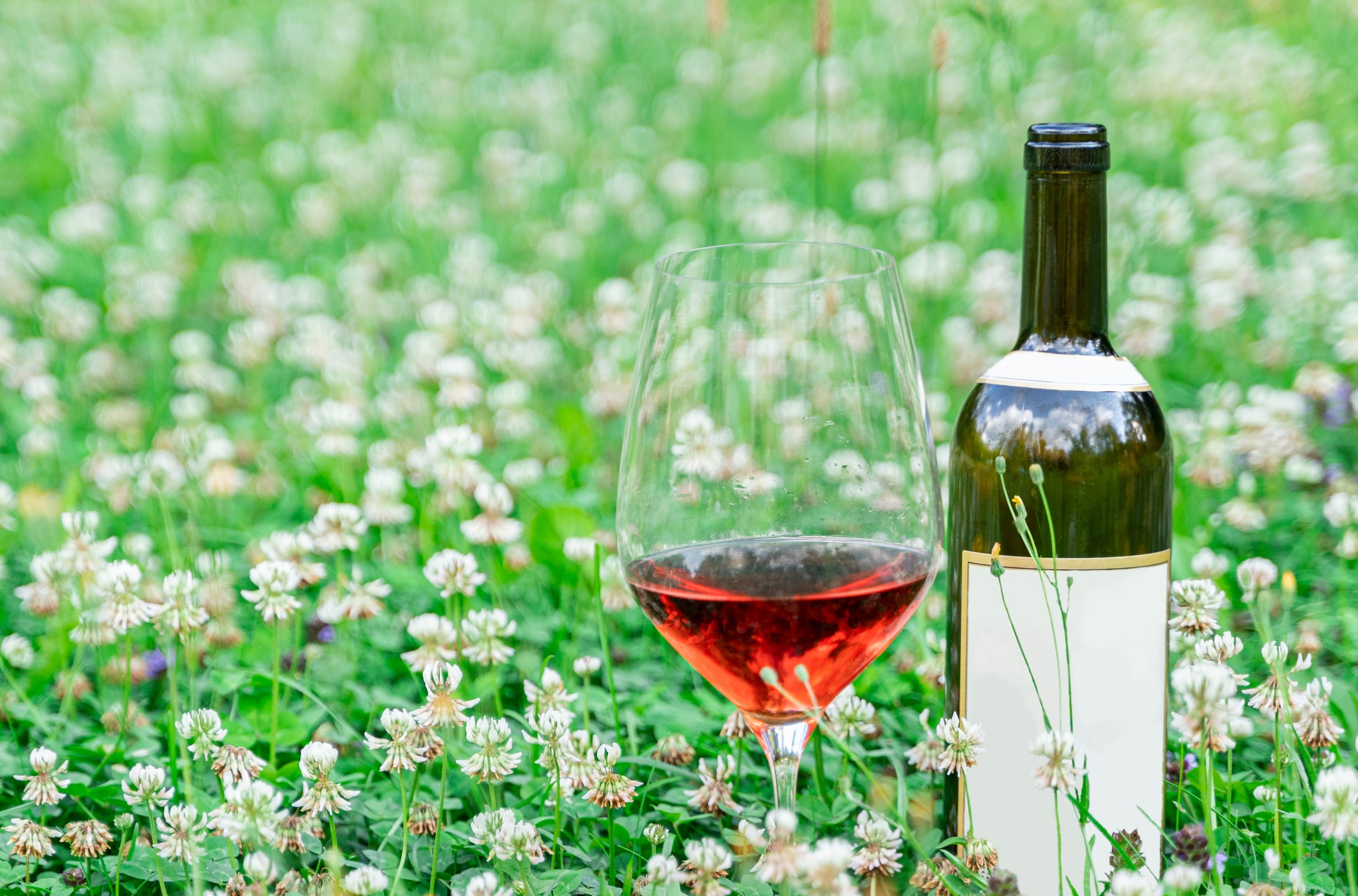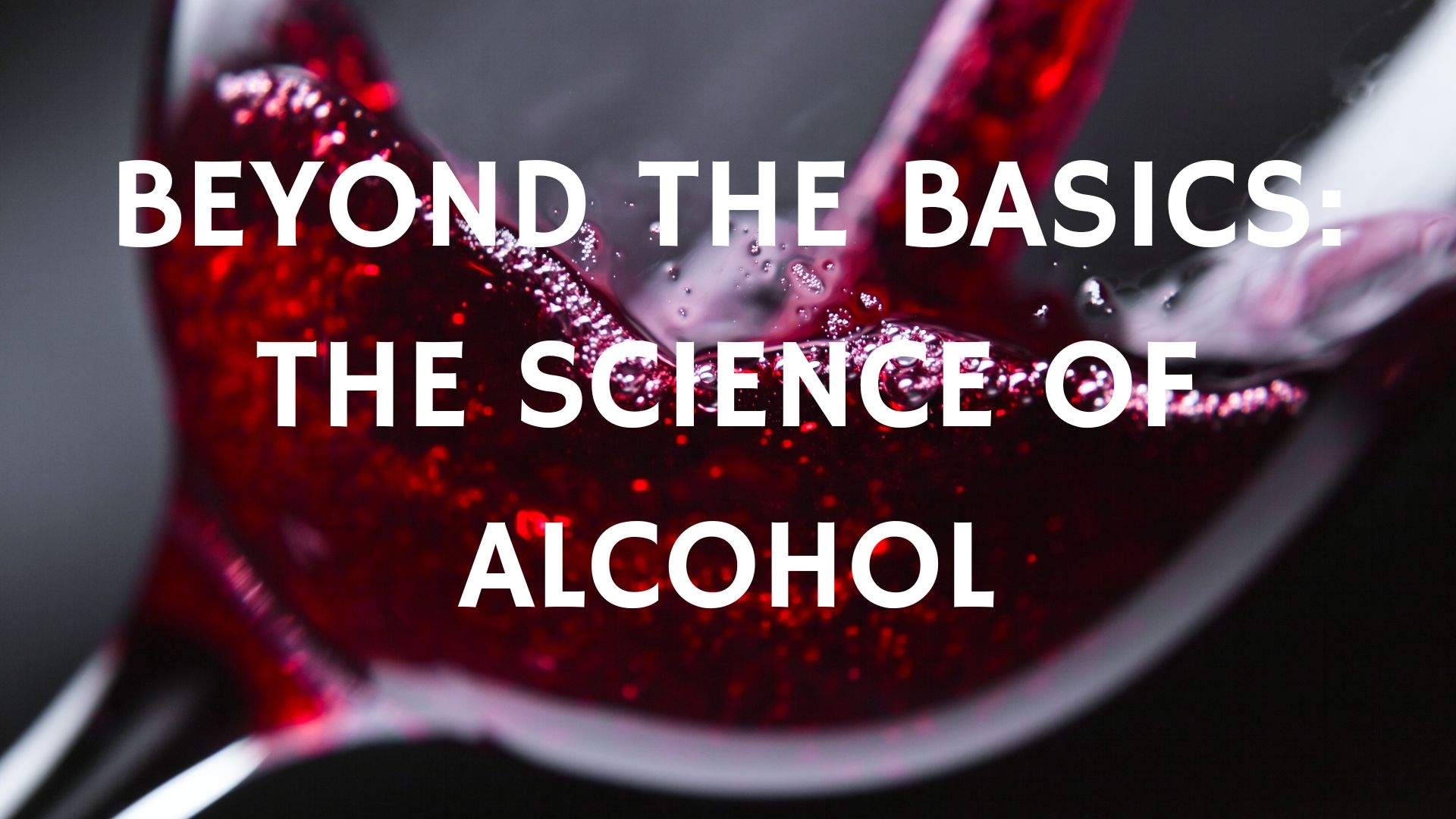BLOG
A Closer Look at Ingredients in Wine
Jacopo Mazzeo
Wine Education & Careers

Wine is fermented grape juice…in theory. However, in practice, modern wine may be made by using a wide array of compounds aimed at facilitating the winemaking process, enhancing the product’s organoleptic qualities, or simply fixing problems before or after they arise.
Some compounds have a millenary history. For example, the use of sulfur dioxide as a preservative has been documented since ancient times. Others, however, are more recent additions resulting from the modernization of the wine industry. "The most important [groups of] additives are: yeasts and bacteria, sulfur dioxide, organic and inorganic nitrogen, and other oenological products such as enzymes, or tannins. Each country and appellation has their own rules.” says Laura Farris, an enologist at Bordeaux Sciences Agro, a public viticulture and enology school under the authority of the French Ministry of Agriculture.
Mega Purple, for instance, is a controversial ingredient made with concentrated grape juice extract and commonly used as a color and flavor enhancer. While legal in the United States, Mega Purple is tightly regulated in the European Union. While regulatory approaches vary by country, the International Organisation of Vine and Wine (OIV) offers a list of globally admitted compounds and use levels (residual limits) to which member states should adhere. Such compounds are categorized as either additives or processing aids. Additives are defined as:
Any substance not normally consumed as a food by itself and not normally used as a typical ingredient of the food, whether or not it has nutritive value, the intentional addition of which to food for a technological (including organoleptic) purpose in the manufacture, processing, preparation, treatment, packaging, transport or holding of such food results, or may be reasonably expected to result (directly or indirectly) in it or its by-products becoming a component of or otherwise affecting the characteristics of such foods. The term does not include ‘contaminants’ or substances added to food for maintaining or improving nutritional qualities.
Additives include some acidity regulators (e.g. malic, lactic, citric, and tartaric acids) and all wine preservatives, from glutathione, a powerful antioxidant naturally present in many living organisms, including humans, animals, plants, and microorganisms, to sulfur dioxide itself.
Meanwhile, processing aids are defined as:
Any substance or material, not including apparatus or utensils, and not consumed as a food ingredient itself, intentionally used in the processing of raw materials, food, or its ingredients, to fulfil a certain technological purpose during treatment or processing and which may result in the non-intentional but unavoidable presence of residues or derivatives in the final product.
Processing aids are the most extensive group of ingredients utilized in winemaking, ranging from fermentation, anti-foaming, clarifying, and stabilizing agents to enzymes and gasses.
Beyond Yeast and Sulfur
While the OIV lists some 85 admitted compounds, less than a handful (mainly sulfur dioxide and yeast) tend to monopolize the attention of wine professionals and the general public.
“Many people, wine consumers, and even journalists don't know much about winemaking methods and processes,” says Carsten Heinmeyer, whose Germany-based firm 2B Fermcontrol focuses on providing solutions for the fermentation and production of organic wines. “When you talk to people about vineyards, it's very easy to understand [what happens there]. When you ask people about what exactly happens during the winemaking process, that becomes a more difficult subject for the consumer.”

Carsten Heinmeyer
Indeed, winemakers and wine manufacturers commonly employ a rather extensive range of ingredients, most of which are unknown to drinkers. “In principle, reducing additives is a good idea because the more you use additives the more you spend and certain products have an impact on flavor and texture,” says Farris. “Unfortunately, there are some vintages where using no additives or aids is not possible if you want to get the best outcomes in terms of quality.”
According to Farris, smaller producers have more control over their vineyards and winemaking process, making it easier for them to avoid the use of additional ingredients.
“On the other hand, large companies that make lots of hectoliters of wine often have a protocol that involves the addition of oenological products to avoid [issues down the line]. They do this regardless of the type of grapes they get because they don't have the time to investigate their quality,” she says, citing generic cooperatives and companies that may rely heavily on additives and aids as part of their production protocol. “A coop’s members take the grapes to the cellar. Usually, these are checked for maturity and acidity levels, but in terms of quality you just get what you get, because they have no control over the vineyard.”
This approach involves using compounds preventatively rather than reactively. Untoasted wood chips, for instance, may be added to the must before fermentation to prevent it from oxidizing, “when the grapes aren’t that good” as Farris puts it.
In contrast, some producers only turn to additives and winemaking aids as needed based on specific circumstances. “Chitosan used to be used as a fining agent but lately it’s more to avoid Brettanomyces infections,” she says. “Studies confirm that it works really well… But there are no studies on the impact of this product on the wine’s flavor. So there is still research to be done on this product.”
Environmental Issues
Although the impact of certain compounds on the flavor, aroma, and texture of wine has not been entirely researched, it is believed that some of these ingredients may have harmful effects on the environment.
“The most problematic is PVPP, a microplastic that's widely applied in the beverage and food business. This is something that the consumer doesn't know and realize. It's the most common aid to remove undesired phenol components and odors,” says Heinmeyer. “The problem is that it's a microplastic and once you drain this down to the sink, it will migrate into the food chain. That's why it's one of the most problematic. It's forbidden in organic winemaking but conventional winemakers still use it. And they use lots of it.”
Heinmeyer adds that some additives or aids’ manufacturing processes can be rather environmentally unfriendly too. “Conventional yeast production, for instance, requires a lot of cooling energy, so a lot of electricity, and also lots of chemicals for its cultivation. Conventional manufacturers use liquid ammonia... and they regulate the pH of the cultivation vessel with sulphuric acid and caustic soda. You can imagine what happens to the wastewater when it gets filled up with all these residues,” he says. “Lastly, they also use chemical emulsifiers, which is heavily environmentally unfriendly.”
Heinmeyer proposes a conservative approach to the use of additives and production aids to tackle these challenges, advocating for the replacement of certain critical compounds with more sustainable and organically certified alternatives.
“We are not cultivating our organic-certified yeast on liquid ammonia. We don’t use sulphuric acids or emulsifiers. We use nitrogen-based cereal extracts (e.g. from corn, rye, barley). Then we only use molasses from certified organic agriculture as a sugar source and we don't need any sulphuric or caustic soda to secure microbial integrity because we pasteurize,” Heinmeyer explains. “Our waste is not polluted at all. You can actually use it as animal feed for chicken, cattle, or pigs.”
Transparency Challenges
The industry’s lack of transparency over the use of additives and aids contributes to the public's poor understanding of wine ingredients and of modern winemaking techniques. Generally, labels are only expected to indicate the presence of sulfites in the wine (not the amount) and of any potential allergen such as gluten, eggs, or milk.
Italian natural winemaker Giampiero Bea has long been championing transparency over the use of winemaking additives and aids. In 2017, during his tenure as president of the Vini Veri consortium, Bea played a pivotal role in the passage of groundbreaking national legislation.
Not only does the legislation permit Italian winemakers to include a wine's total sulfur dioxide content on the label, but it also enables them to indicate whether the wine was produced “without the addition of other substances permitted for oenological use."
 Bea's vineyards, courtesy of Bea
Bea's vineyards, courtesy of Bea
Being strictly Italian rather than EU-wide, this labeling comes with geographical limits but offers significant benefits to the drinker. Rather than stemming from associations such as Vin Méthode Nature and Demeter (whose logos, where present, requires the consumer to have prior education), this label's nature makes the message rather self-explanatory, leaving little room for misinterpretation. Moreover, since these labelling terms have been incorporated into Italian law, any winemaker, regardless of their Vini Veri membership, is allowed to use them.
While representing a significant step towards transparency, Bea is also aware of this development’s downsides, pointing out that not all minimal intervention producers are necessarily keen on embracing it.
“Once you decide to go down that route then you have to stick to it… and even then, should there be checks, you never know what can come up. Results can vary widely depending on the equipment used for testing,” he says. “I, for instance, get my sulfur dioxide levels analyzed. Then, when I label, I add 10 grams on top of what the analysis tells me, just to be on the safe side.”
The labeling's primary drawback, however, is that it only applies to a relatively small niche of producers who refrain from using any ingredients – yeast included.
But recent changes in EU regulations are set to address this challenge. Coming into force this year on 8th December, Regulation (EU) 2021/2117 will require the label of all wine sold within the European Union to list ingredients (as they appear on Regulation (EU) 2019/934 of 12th March 2019) and nutritional values, either in print or by electronic means.

Bea in his vineyard, courtesy of Bea
“In order to provide a higher level of information to consumers,” the document reads, “the compulsory particulars… should include a nutrition declaration and a list of ingredients. However, producers should have the option of limiting the contents of the nutrition declaration on the package or on a label attached thereto to only the energy value and of making the full nutrition declaration and the list of ingredients available by electronic means, provided that they avoid any collection or tracking of user data and do not provide information aimed at marketing purposes.”
The upcoming regulations will undoubtedly provide more transparency to people keen on investigating the contents of their wine. Producers who heavily rely on a broad range of additives and winemaking aids may face consumer resistance as a consequence.
Although the changes are currently only applicable to the European market, they are expected to have a substantial and potentially enduring impact on the global wine industry, as producers may need to reconsider their use of additives, winemaking aids, and overall approach to winemaking.




